Eating healthy on a budget is more than doable: it’s easy. In fact, nature “programmed” foods exactly to be nutritious and cheap. It’s humans who complicated everything: they turned foods into commercial products, frequently devoided of nutrients and pumped in price. 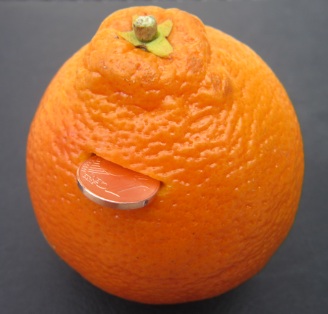
Go for nature. If you want to eat healthy on a budget, chose foods that arrived to your plate with a minimum human intervention. As I often say: “the less humans took part in the process of creating the food, the better it is”.
The healthiest foods are those that are basically harvested and brought to the grocery store. Fruits, vegetables, legumes, whole grains. Otoh, the unhealthiest foods are those that are created with long and expensive industrial processes. Think to red meat (often full of hormones and toxins) and low quality cheese (all salt and cholesterol).
To this general rule of thumb there are few exceptions. For example fish and organic products (healthy but expensive). Or sugary snacks and fast food (harmful but cheap). So a little extra judgement is needed, a judgement I used to write the following 10 tips. I hope they’ll be useful to you to save money and eat well.
1. MORE LEGUMES.
Legumes are a marvellous source of proteins (other than minerals and vitamins) and much, much cheaper than meat. The cost of beans, lentils, peas, chickpeas is ridiculous. 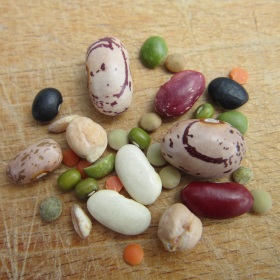
I suggest you to buy the dried ones to boil at home, rather that the canned pre-cooked ones.
With a cheap bag of dried legumes you can prepare many portions of a proteic meal, with the advantage that you can boil them at moderate temperature for longer (saving more nutrients).
2. FRUITS AND VEGETABLES, AS USUAL.
Nutrition is, somehow, really democratic. No matter if you’re poor or rich, the best thing you can do for your health is the same: have a diet abundant in fruits and vegetables. And fresh fruits and vegetables are generally very cheap. 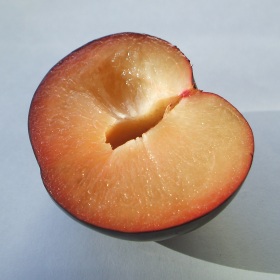
If organic products are out of your reach, prefer fruits with thick skin (like orange, banana, melon, pineapple) or those that anyway aren’t in the “black” list for pesticides.
For example non-organic apples, peaches, apricots and grapes have frequently high levels of pesticides, while kiwi, broccoli, cabbage, onions have generally low levels of pesticides (even if non-organic).
3. SMALL OILY FISH.
As I wrote above, fish is generally expensive. But there are some interesting exceptions: small oily fish. That kind of fish which is caught in big amounts in the oceans (cheap) and which is full of omega3 fatty acids (healthy). 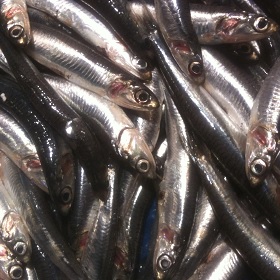
For example mackerel, anchovies, sardines, herrings. They are all very affordable, and their advantage over big predator fish (like tuna) is that they tend to accumulate less contaminants.
4. THE CARBOHYDRATE CHALLENGE.
White bread, white rice and all the products based on white flour are definitely cheap. The problem here is on the health side: all these “white carbs” are unhealthy. 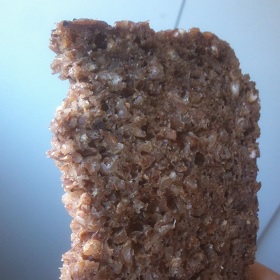
Ideally, you should eat “brown carbs” from whole grains. But whole grains (grains that are more nutritious because their germ and bran were not removed) may be slightly riskier if non-organic (the external cortex is kept, and there’s where pesticides may accumulate).
So keep an extra eye open: if you find whole grain products that are organic AND even affordable take them. But if the organic version is too expensive for you, I would still prefer whole grain products (even if non organic) than any white refined product.
5. PREPARE YOUR OWN MEALS.
Key tip for eating healthy on a budget: prepare most of your own meals at home. It’s time well spent: you can use fresh ingredients, reduce the chemical additive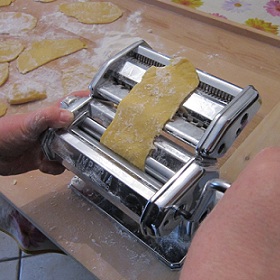 s, supervise the cooking.
s, supervise the cooking.
When you eat outside not only you spend much more, you’re frequently vulnerable to those that I call the “big risks of the restaurant“: receive partially burnt foods (burnt spots on pizza, toasts, meat are carcinogenic), get foods with excessive amounts of salt or sugar, and eat foods cooked in (very) crappy oils.
6. GROW YOUR OWN FOOD.
The best thing you can do to shorten the production chain is to grow your own food. 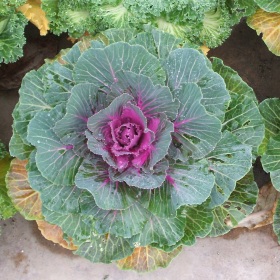
If you have a space for gardening and have time to work on it, you can use it to grow delicious vegetables. They will cost almost zero and they will be super fresh and healthy.
If you can’t do the work by yourself, buying locally from a farmer is still a wise move.
7. DRINK MORE WATER.
This tip may may sound weird in this context, but it’s well know by nutritionists that a lot of people confuse thirst with hunger. 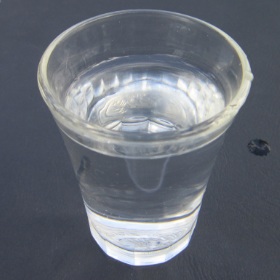
What happens, is that a surprising percentage of people on the “western diet” live in a state of perennial dehydration.
They simply don’t drink enough water. The consequent thirst is often confused with hunger, and this mechanism brings to overeating. And overeating brings to addictional expenses for unhealthy, unnecessary food.
8. HUMBLE SEEDS AND HERBS.
Micronutrients (minerals, vitamins, omega3) are those nutrients that are needed by our body in small quantities, but they are still needed.
There’s no need to buy commercial multivitamins, the same nutrients are present in a pletora of natural herbs and seeds. If almonds, walnuts, flaxseed, chia see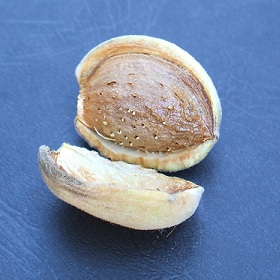 s, sunflower seeds, pumpkin seeds (and so on) seem not so cheap to you, I’ll tell you something instead: they are.
s, sunflower seeds, pumpkin seeds (and so on) seem not so cheap to you, I’ll tell you something instead: they are.
You need small quantities of these, so yes a bag of walnuts can cost even 4-5 dollars, but you can eat 1-2 walnuts a day and be just fine. A bag will last for weeks or months. And a teaspoon of flaxseed per day is more than enough. Not to mention herbs: they give taste to your meals, add some good phytochemicals and are practically free.
9. BUY IN BULK.
It’s easier to get better deals if you buy your food in bulk, rather than buying small quantities often. 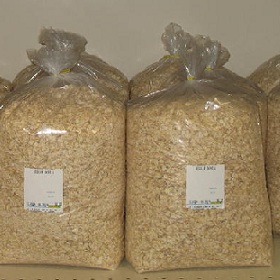
Grocery stores apply special offers to “family packs”, so keep an eye open for these. This is valid for all the products that don’t expire quickly and can be stored in your kitchen.
10. RECYCLE.
Eating healthy on a budget is the art that many mums know well, as the are used to recycle leftovers. 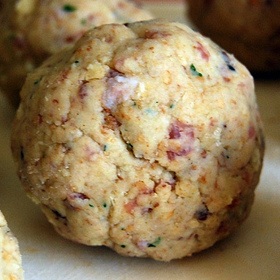
Especially with kids, there is often something left in the plate at the end of a meal.
Learn from mums: if it’s not too messy, there’s no hurry to throw that food away. Give it a second chance tomorrow, possibly baking the leftovers in the oven rather than frying them in oil.
